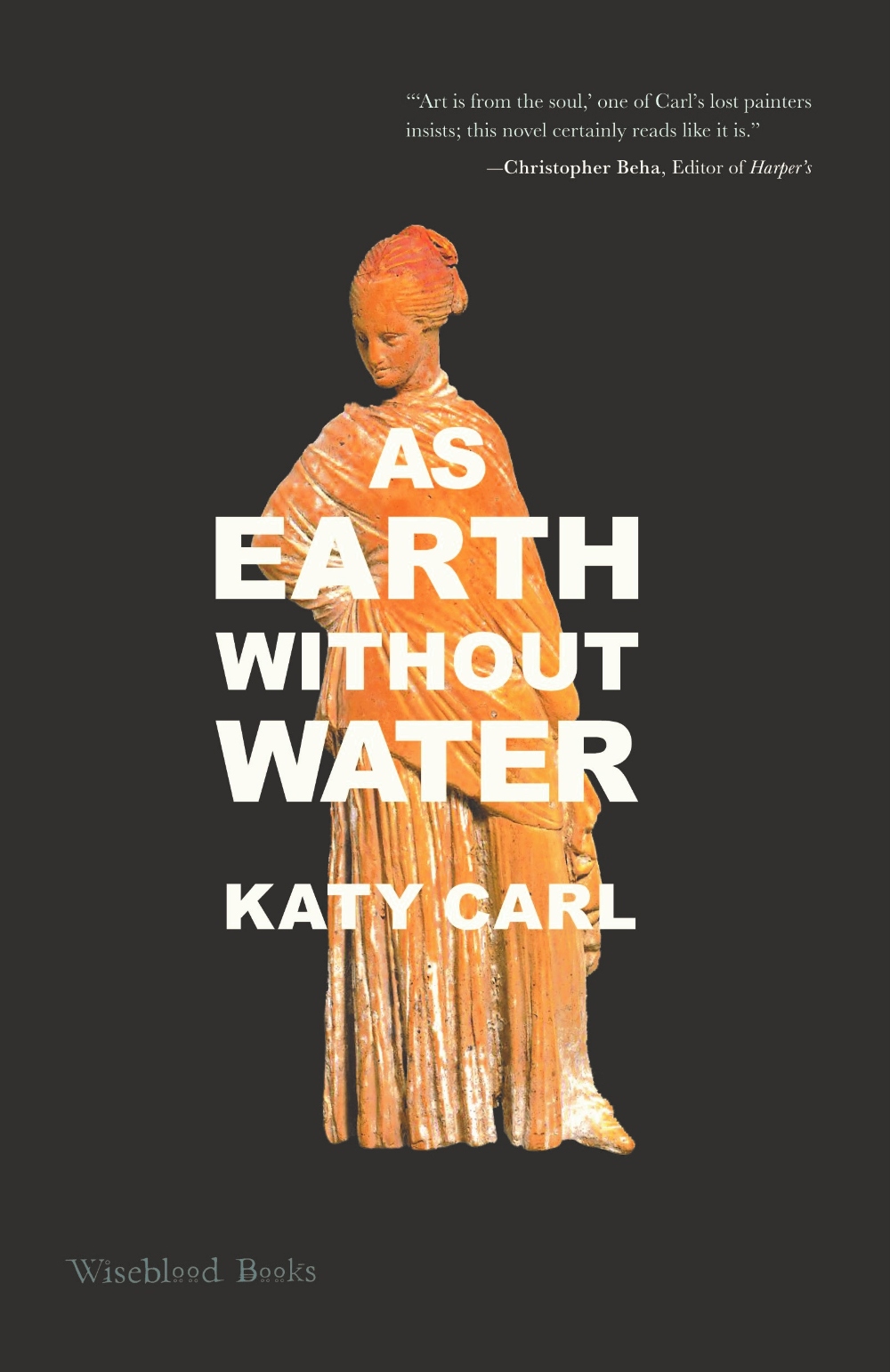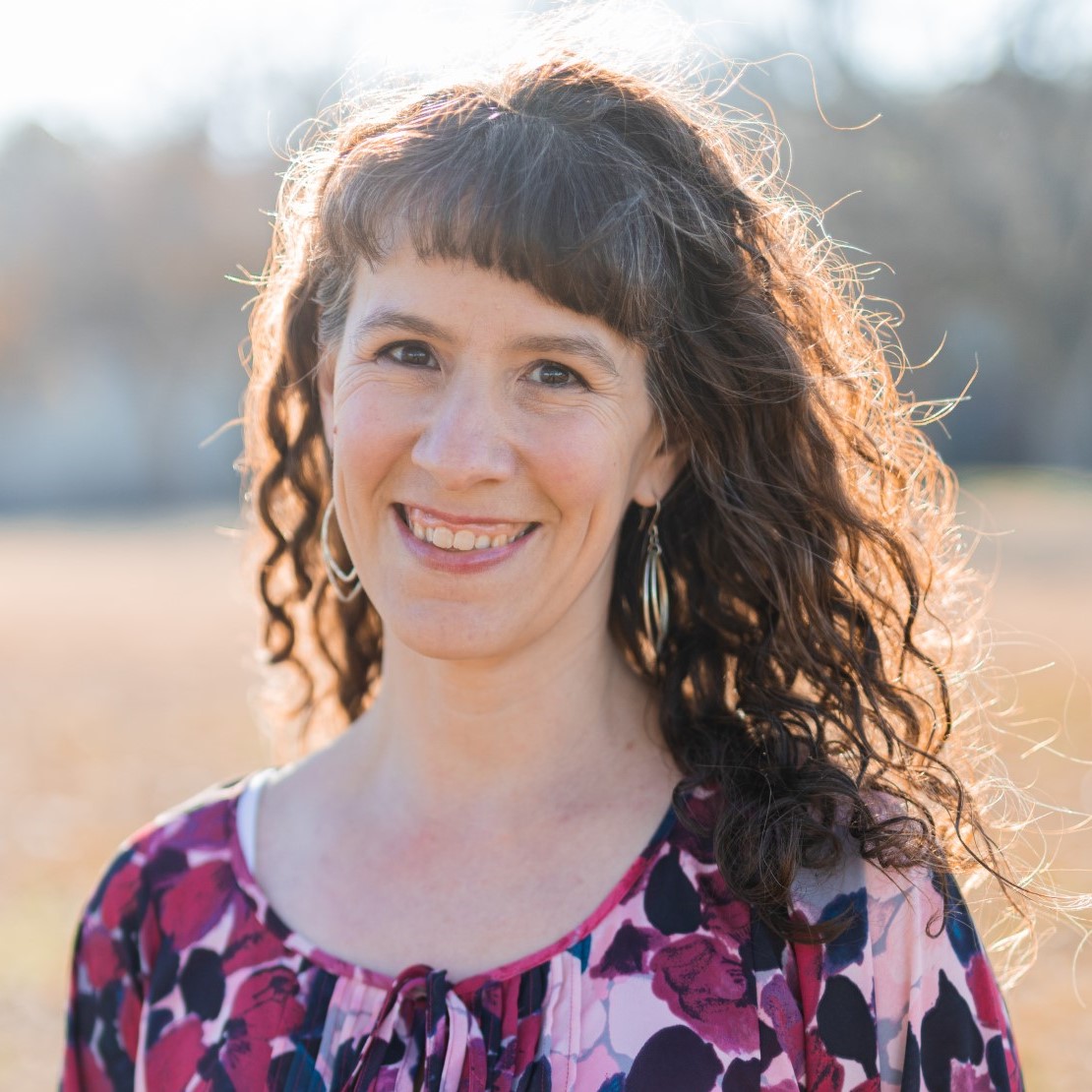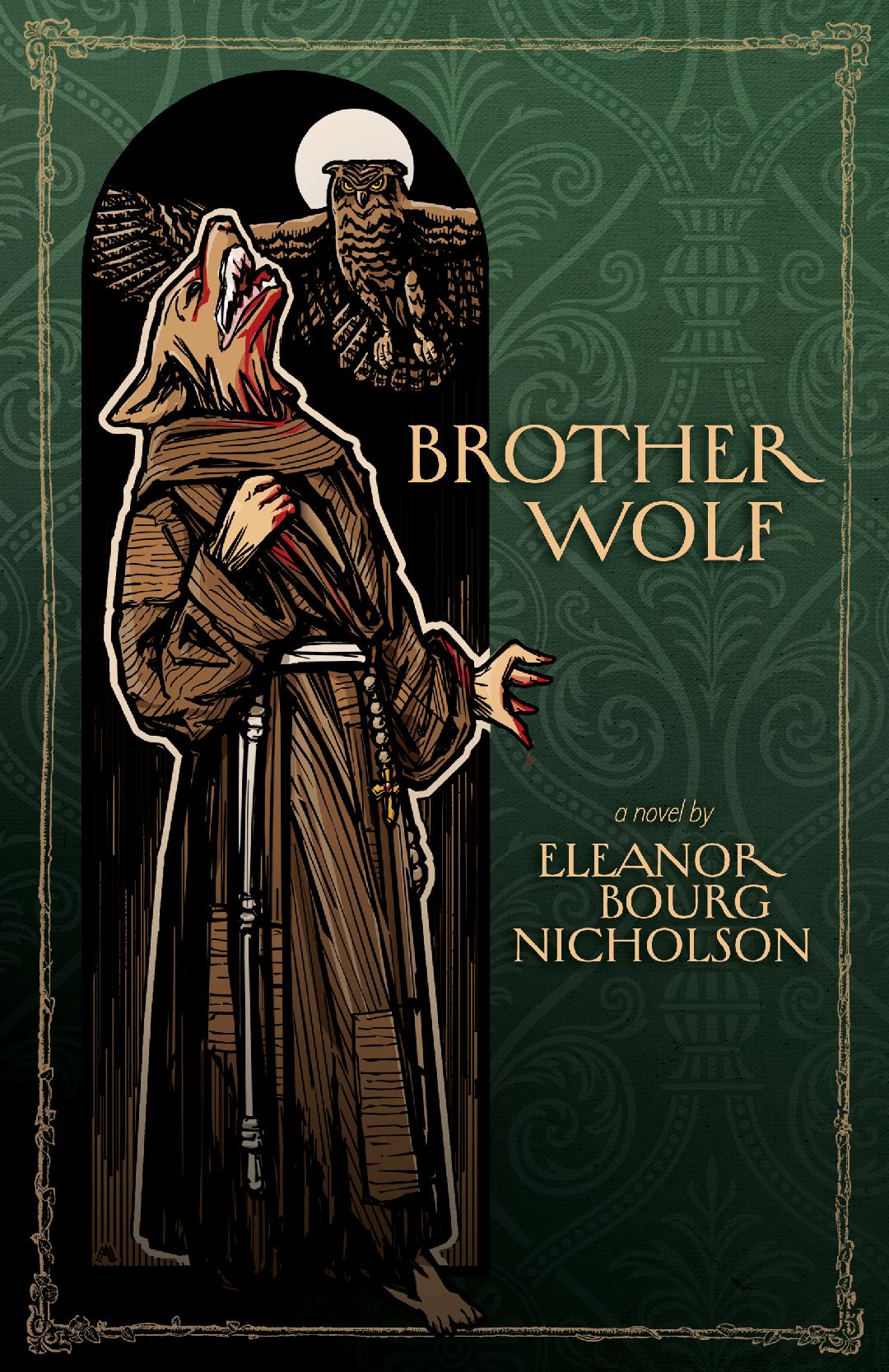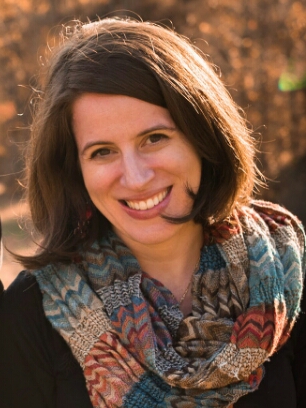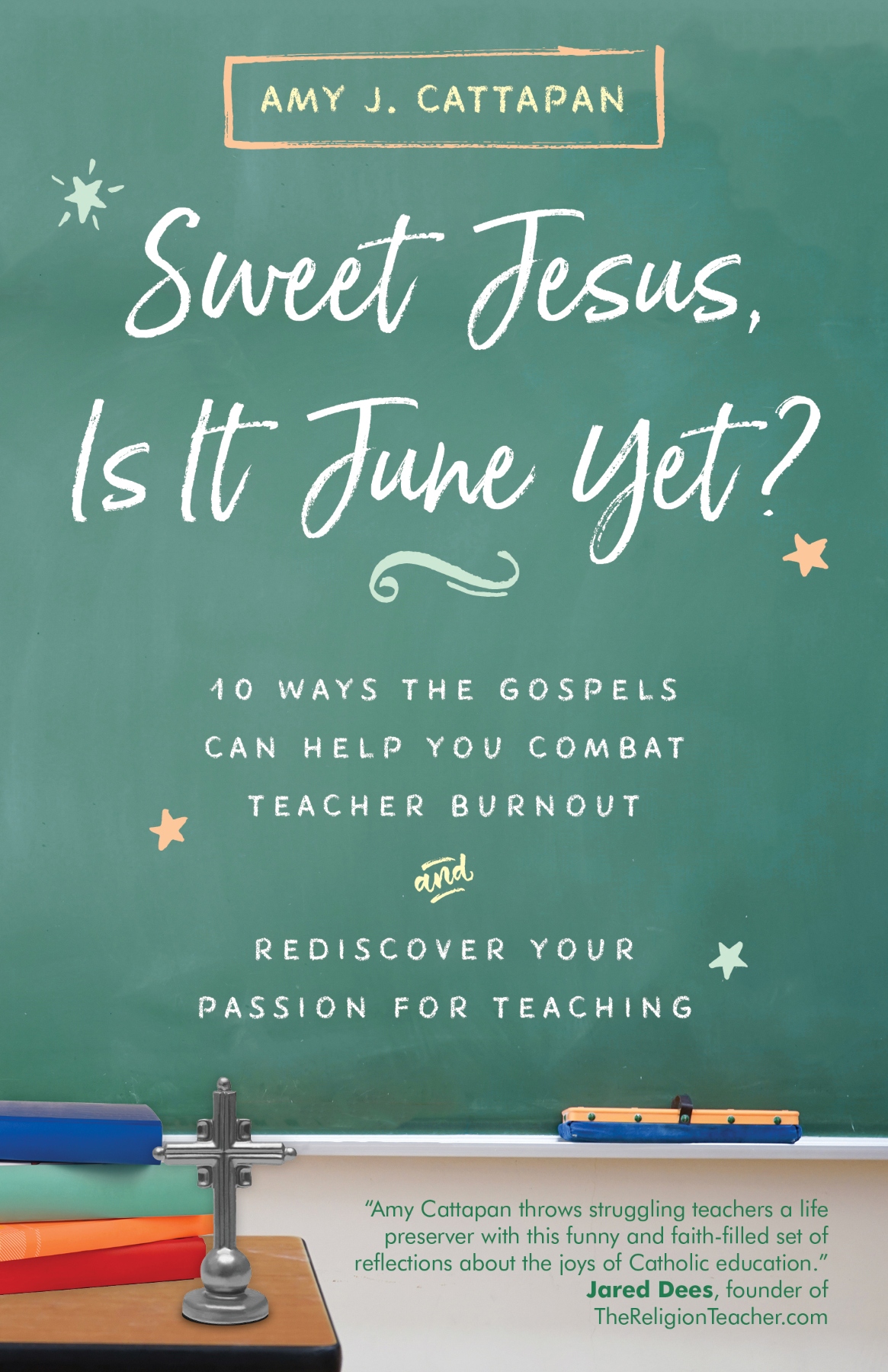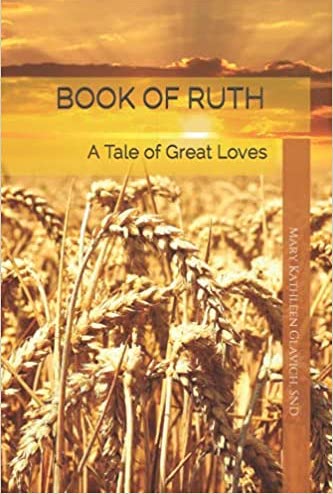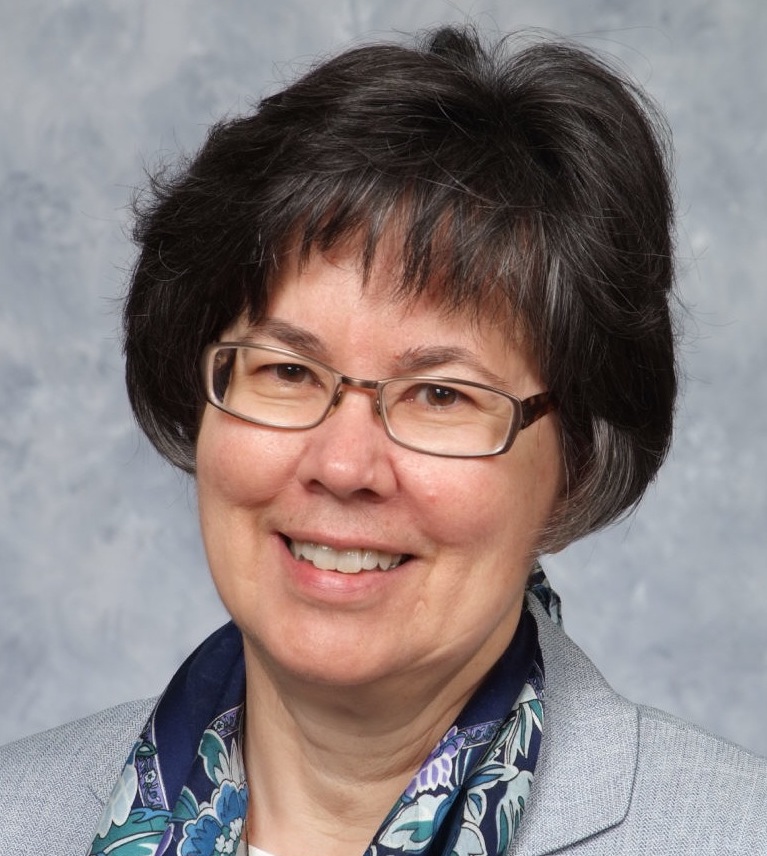So You Want to Be a Hybrid Author?
Rapid publishing industry changes are leading to more options than ever for writers. We’re no longer restricted to the “traditional publication” model of convincing the editor at a publishing house (perhaps with the help of a literary agent) to invest in our work and bring it to life for us. We can choose to be our own publisher (perhaps with the help of hired professionals and sophisticated online book creation tools) and take advantage of the “self publishing” model.
Traditional publishing and self-publishing both have advantages and challenges, and some authors set up camp on one side or the other with fierce loyalty. However, more and more authors are choosing not to choose between these two models but embrace them both! Today, some authors proudly proclaim that they are neither a traditionally published nor a self-published author but something new – a Hybrid Author.
A hybrid author is simply an author with one foot on the side of traditional publishing and the other on the side of self-publishing. Someone who has used—or plans to use—both methods to get their books out into the world.
I’m happy to go on record with my prediction that this is the future look of publishing. However, with the caveat that I do not think we are heading into a utopia of wealth and success for authors of all persuasions. The savvy author will still reap benefits from careful planning, and the unwary author may still encounter struggles that might be otherwise avoided. If you’re considering becoming a hybrid author, I hope this article helps with the discernment process.
Considerations for Authors Who Want to Have it Both Ways
Perception. While vanity is not a healthy motivation, it’s still wise to take time to think about how your publishing choices will influence the way others perceive your work. Credentials and social proof have their place in establishing reader confidence, and those choosing to self-publish may encounter suspicion—warranted or not.
And it’s essential to be aware that it’s not just the reader’s perception that matters. Agents and publishers are often wary of self-published authors because they fear the various unhealthy motivations that draw some authors to self-publishing, like impatience or unwillingness to receive constructive criticism. Be aware that mentioning your self-publishing endeavors during a book pitch is not always a good strategy. Focus on doing your best work and letting it speak for itself.
Sales Record. One practical matter to consider is whether your established sales record will make either readers or publishers shy away from giving your new book a chance. If you are in the position of starting from scratch, you can maximize your chances of having success as a hybrid author by choosing to lead with the manuscript most likely to generate sales and save the riskier endeavors for later.
A publisher who sees that you’ve self-published with meager sales and reviews will have questions about the quality of your work and your understanding of the industry. It may be wisest to begin with traditional publishing if you can, even if it takes longer to see your publishing dreams come to fruition.
Market Responsiveness. The beauty of having publishing options is that there’s more potential to publish efficiently – reaching the people we want to reach right where they are. Every manuscript and target audience has its sweet spot, but it takes a little planning and research to make the best choice for each book. Be open to deviating from your plan if you realize the market is unsuitable for what you thought would be your next step. Hybrid authors tend to be career authors, so remember it’s a long game.
Overwhelm. Traditional publishing and self-publishing stretch and grow authors in different ways. They utilize different skills. Juggling the two can be the perfect solution for someone who wants to stay busy while waiting two years (on average) for their books to publish traditionally. And who also wishes to capitalize on the momentum of that release with a lead magnet, spin-off novella, or another creatively released asset.
But being a hybrid author can also get complicated quickly, and we can’t always foresee the implications of our choices. Once your book is in the world in one format, it will probably remain in that format for its lifespan. Traditional publishers rarely re-publish self-published work, and rights to traditionally published work can be hard to reclaim. If you need a lot of control and have difficulty pivoting or moving on, it might be easier to stick with the publishing model you are most comfortable with and maximize your efforts there.
Conclusion
I believe there is room in this industry for all of our publishing endeavors. There’s always space enough for one more book (double-stacking shelves is a legitimate practice)! So whether you plan to birth your next book baby in the hospital or at home, take the time to ask questions and make the best choice for you. You may find that being a hybrid author is just the right fit.
Copyright 2022 Anjanette Barr



